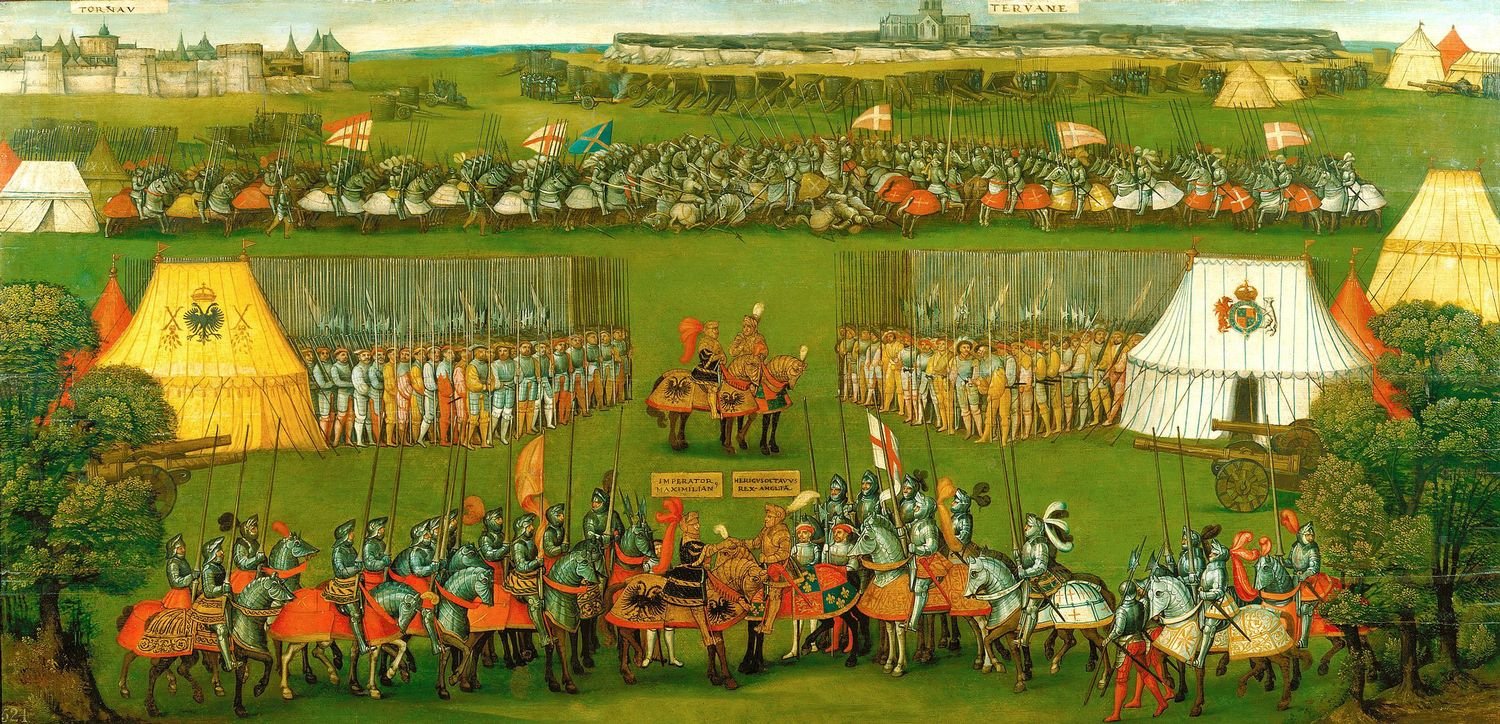
European Armour in the Royal Collection
An introduction to European armour in the Royal Collection.
Parade breastplate of George, Prince of Wales
1806RCIN 67162
Armour has frequently been worn as costume for festivities and entertainment. This breastplate was probably made for George IV (1721–1830) when Prince of Wales to wear at a masquerade or fête. The steel – which is incredibly thin, since it is not intended for practical defence – is etched with a series of scallop-shells against a frosted ground. At the right side of the upper plate is the Prince of Wales's badge and motto, and at the left, the Star of the Order of the Garter, the highest order of chivalry. The lining is of soft white wool covered all over with dark blue silk.
A century after the event, Guy Laking, Keeper of the King's Armoury at Windsor, is known to have supplied armours for wear at fashionable costume balls in London. At the 1897 Devonshire House Ball, the future Edward VII and his son, the future George V, wore pieces of modern costume armour as part of their fancy dress. Other guests arrived in helmets and mail of varying historical accuracy.







